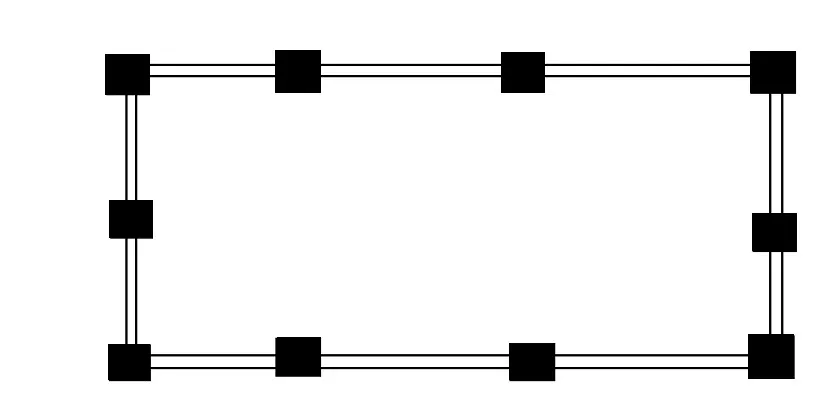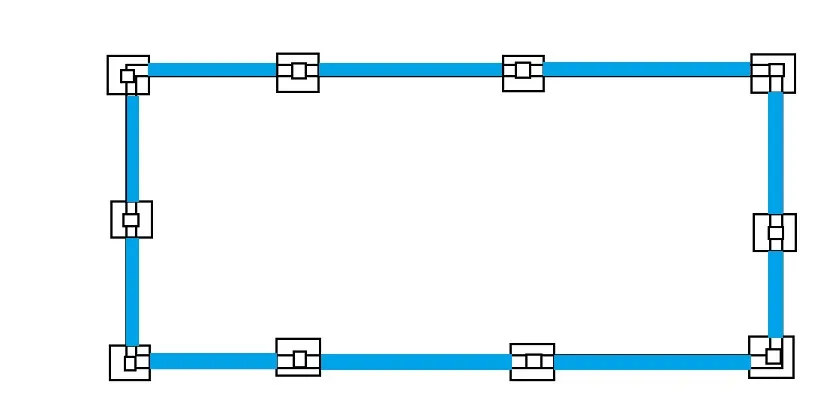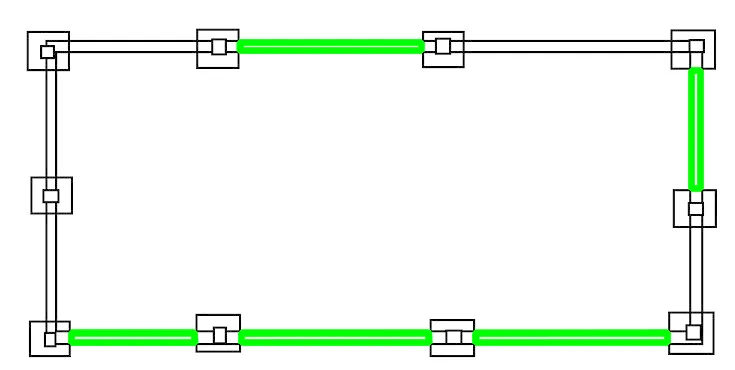我在StackOverflow上浏览了许多问题,并成功开发了一个能够正确检测正方形和矩形的小程序。以下是我的样例代码:
public static CvSeq findSquares(final IplImage src, CvMemStorage storage) {
CvSeq squares = new CvContour();
squares = cvCreateSeq(0, sizeof(CvContour.class), sizeof(CvSeq.class), storage);
IplImage pyr = null, timg = null, gray = null, tgray;
timg = cvCloneImage(src);
CvSize sz = cvSize(src.width(), src.height());
tgray = cvCreateImage(sz, src.depth(), 1);
gray = cvCreateImage(sz, src.depth(), 1);
// cvCvtColor(gray, src, 1);
pyr = cvCreateImage(cvSize(sz.width() / 2, sz.height() / 2), src.depth(), src.nChannels());
// down-scale and upscale the image to filter out the noise
// cvPyrDown(timg, pyr, CV_GAUSSIAN_5x5);
// cvPyrUp(pyr, timg, CV_GAUSSIAN_5x5);
// cvSaveImage("ha.jpg",timg);
CvSeq contours = new CvContour();
// request closing of the application when the image window is closed
// show image on window
// find squares in every color plane of the image
for (int c = 0; c < 3; c++) {
IplImage channels[] = { cvCreateImage(sz, 8, 1), cvCreateImage(sz, 8, 1), cvCreateImage(sz, 8, 1) };
channels[c] = cvCreateImage(sz, 8, 1);
if (src.nChannels() > 1) {
cvSplit(timg, channels[0], channels[1], channels[2], null);
} else {
tgray = cvCloneImage(timg);
}
tgray = channels[c];
// // try several threshold levels
for (int l = 0; l < N; l++) {
// hack: use Canny instead of zero threshold level.
// Canny helps to catch squares with gradient shading
if (l == 0) {
// apply Canny. Take the upper threshold from slider
// and set the lower to 0 (which forces edges merging)
cvCanny(tgray, gray, 0, thresh, 5);
// dilate canny output to remove potential
// // holes between edge segments
cvDilate(gray, gray, null, 1);
} else {
// apply threshold if l!=0:
cvThreshold(tgray, gray, (l + 1) * 255 / N, 255,
CV_THRESH_BINARY);
}
// find contours and store them all as a list
cvFindContours(gray, storage, contours, sizeof(CvContour.class), CV_RETR_LIST, CV_CHAIN_APPROX_SIMPLE);
CvSeq approx;
// test each contour
while (contours != null && !contours.isNull()) {
if (contours.elem_size() > 0) {
approx = cvApproxPoly(contours, Loader.sizeof(CvContour.class), storage, CV_POLY_APPROX_DP, cvContourPerimeter(contours) * 0.02, 0);
if (approx.total() == 4 && Math.abs(cvContourArea(approx, CV_WHOLE_SEQ, 0)) > 1000 && cvCheckContourConvexity(approx) != 0) {
double maxCosine = 0;
for (int j = 2; j < 5; j++) {
// find the maximum cosine of the angle between
// joint edges
double cosine = Math.abs(angle(
new CvPoint(cvGetSeqElem(
approx, j % 4)),
new CvPoint(cvGetSeqElem(
approx, j - 2)),
new CvPoint(cvGetSeqElem(
approx, j - 1))));
maxCosine = Math.max(maxCosine, cosine);
}
if (maxCosine < 0.2) {
CvRect x = cvBoundingRect(approx, l);
if ((x.width() * x.height()) < 50000) {
System.out.println("Width : " + x.width()
+ " Height : " + x.height());
cvSeqPush(squares, approx);
}
}
}
}
contours = contours.h_next();
}
contours = new CvContour();
}
}
return squares;
}
我使用这张图片来检测矩形和正方形。


并且

这是我得到的输出结果。
